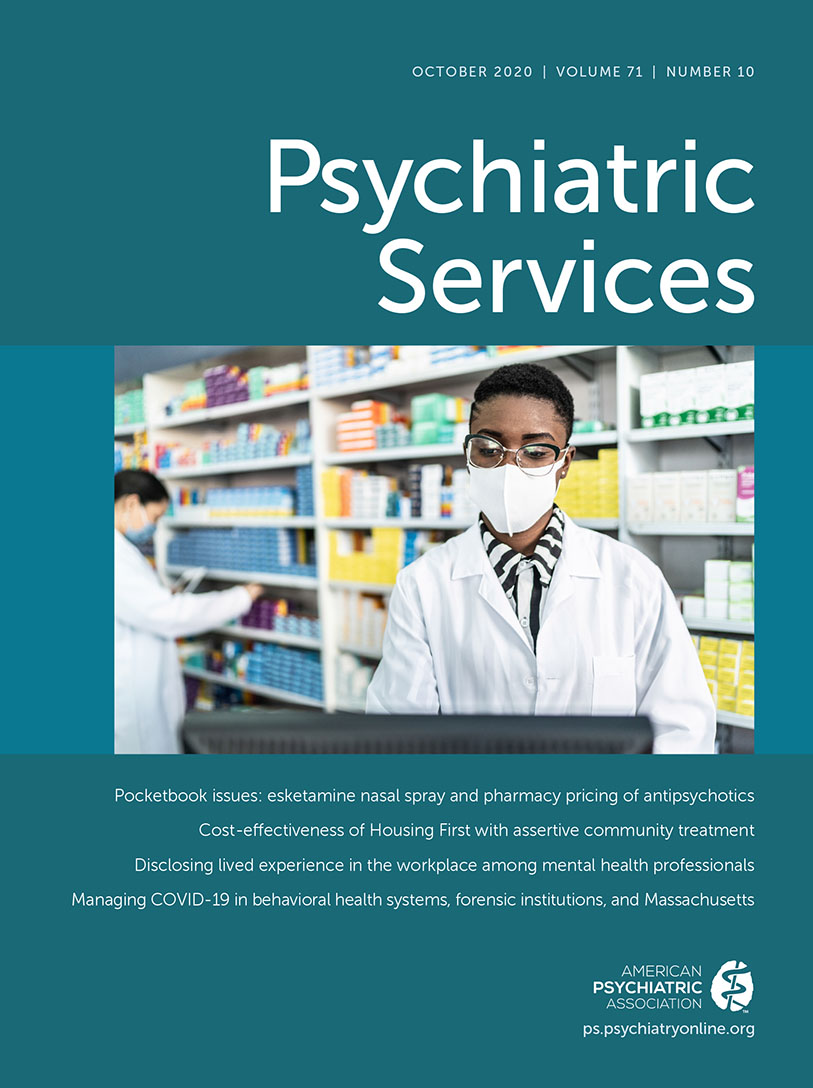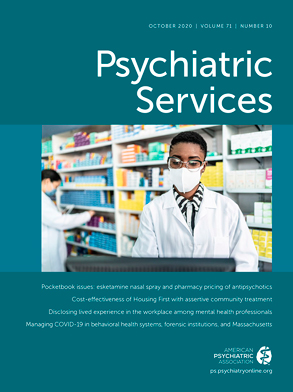Whole Health Action Management: A Randomized Controlled Trial of a Peer-Led Health Promotion Intervention
Abstract
Objective:
Methods:
Results:
Conclusions:
HIGHLIGHTS
Methods
Study Procedures
Inclusion and Exclusion Criteria
Study Enrollment and Retention
Intervention
Intervention Fidelity
Intervention Attendance
Measures
Statistical Analysis
Results
Intervention Fidelity
Intervention Attendance
Participant Characteristics and Equivalence of Study Conditions
| Total (N=139) | Intervention (N=68) | Control (N=71) | |||||||
|---|---|---|---|---|---|---|---|---|---|
| Characteristic | N | %a | N | %a | N | %a | χ2 | df | p |
| Race | 5.62 | 3 | .13 | ||||||
| Black/African American | 91 | 66 | 44 | 65 | 47 | 66 | |||
| White | 43 | 31 | 19 | 28 | 24 | 34 | |||
| Native American | 2 | 1 | 2 | 3 | 0 | 0 | |||
| Asian | 3 | 2 | 3 | 4 | 0 | 0 | |||
| Latinx | 7 | 5 | 5 | 7 | 2 | 3 | 1.49 | 1 | .22 |
| Female | 63 | 45 | 35 | 52 | 28 | 39 | 2.03 | 1 | .15 |
| High school or GED | 113 | 81 | 53 | 78 | 60 | 85 | .99 | 1 | .32 |
| Married or living with partner | 12 | 9 | 9 | 13 | 3 | 4 | 3.68 | 1 | .06 |
| Living in own house or apartment | 85 | 61 | 38 | 56 | 47 | 66 | 1.56 | 1 | .21 |
| Parent | 54 | 39 | 26 | 38 | 28 | 39 | .21 | 1 | .89 |
| Employed | 11 | 8 | 4 | 6 | 7 | 10 | .75 | 1 | .38 |
| Annual income <$10,000 | 69 | 53 | 34 | 53 | 35 | 53 | .00 | 1 | .99 |
| Diagnosis category | 1.28 | 3 | .74 | ||||||
| Schizophrenia spectrum | 63 | 45 | 33 | 49 | 30 | 42 | |||
| Bipolar disorder I or II | 44 | 32 | 22 | 32 | 22 | 31 | |||
| Major depressive disorder | 23 | 17 | 9 | 13 | 14 | 20 | |||
| Other | 9 | 7 | 4 | 6 | 5 | 7 | |||
| Ever treated overnight for a mental health condition | 117 | 84 | 57 | 84 | 60 | 85 | .12 | 1 | .91 |
| Ever treated for substance use | 51 | 37 | 21 | 31 | 30 | 42 | 1.93 | 1 | .16 |
| Public health insurance (Medicaid or Medicare) | 124 | 89 | 60 | 88 | 64 | 90 | .13 | 1 | .72 |
| Study site | |||||||||
| 1 | 39 | 28 | 19 | 28 | 20 | 28 | .21 | 2 | .90 |
| 2 | 61 | 44 | 31 | 46 | 30 | 42 | |||
| 3 | 39 | 28 | 18 | 27 | 21 | 30 | |||
| M±SD | M±SD | M±SD | t | df | p | ||||
| Age at baseline | 51±10 | 50±10 | 52±9 | .96 | 137 | .34 | |||
| Household size (including participant) | 1.3±1.2 | 1.3±1.0 | 1.4±1.4 | .38 | 133 | .71 | |||
Services as Usual
Participant Outcomes
| Outcome | OR or estimate | 95% CI or SE | p |
|---|---|---|---|
| Patient activation level (reference: lowest level)a | |||
| Intercept | 2.48 | 0.10 | <.001 |
| Intervention | .82 | .44–1.53 | .52 |
| Time | .99 | .92–1.06 | .80 |
| Intervention × time | 1.12 | 1.01–1.24 | .04 |
| Self-rated health (reference: lowest level)a | |||
| Intercept | 3.69 | 0.12 | <.001 |
| Intervention | .64 | .36–1.15 | .14 |
| Time | 1.00 | .95–1.05 | .99 |
| Intervention × time | 1.10 | 1.01–1.19 | .03 |
| Hope Scaleb | |||
| Total score | |||
| Intercept | 32.81 | .70 | <.001 |
| Intervention | –.07 | .98 | .94 |
| Time | .05 | .07 | .48 |
| Intervention × time | .20 | .10 | .04 |
| Pathways subscale | |||
| Intercept | 11.88 | .26 | <.001 |
| Intervention | .02 | .36 | .95 |
| Time | –.03 | .03 | .29 |
| Intervention × time | .11 | .04 | .01 |
| Agency subscale | |||
| Intercept | 11.56 | .29 | <.001 |
| Intervention | .27 | .40 | .50 |
| Time | .04 | .03 | .12 |
| Intervention × time | .02 | .05 | .57 |
| Employed (reference: not employed)c | |||
| Intercept | -2.25 | 0.39 | <.001 |
| Intervention | .85 | .30–2.42 | .76 |
| Time | .95 | .90–1.00 | .07 |
| Intervention × time | 1.21 | 1.08–1.36 | .001 |
Participant Satisfaction
Discussion
Conclusions
Supplementary Material
- View/Download
- 66.05 KB
References
Information & Authors
Information
Published In
History
Keywords
Authors
Competing Interests
Funding Information
Metrics & Citations
Metrics
Citations
Export Citations
If you have the appropriate software installed, you can download article citation data to the citation manager of your choice. Simply select your manager software from the list below and click Download.
For more information or tips please see 'Downloading to a citation manager' in the Help menu.

